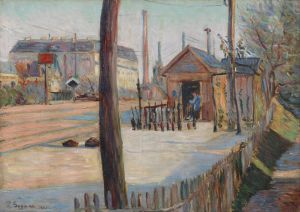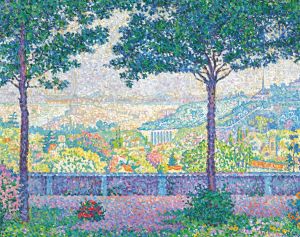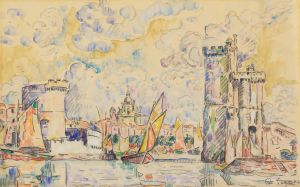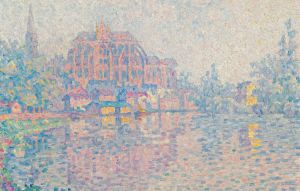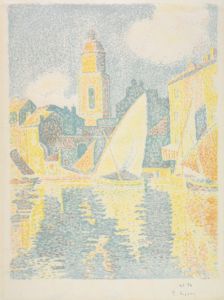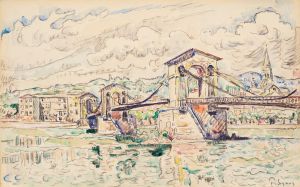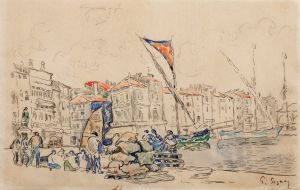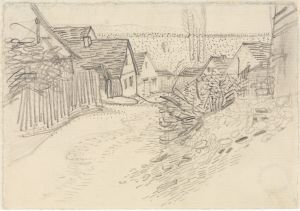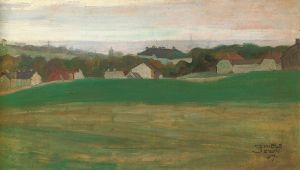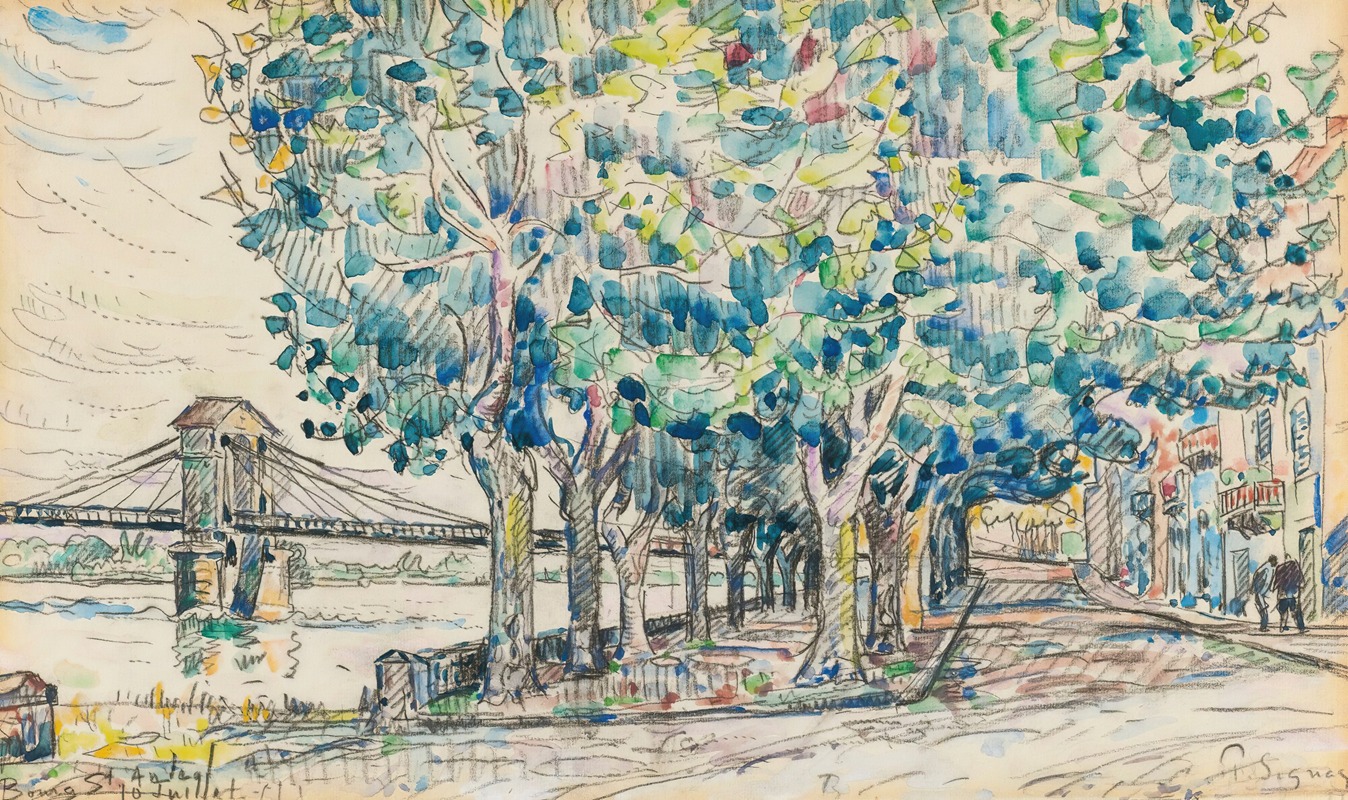
Bourg-Saint-Andéol
A hand-painted replica of Paul Signac’s masterpiece Bourg-Saint-Andéol, meticulously crafted by professional artists to capture the true essence of the original. Each piece is created with museum-quality canvas and rare mineral pigments, carefully painted by experienced artists with delicate brushstrokes and rich, layered colors to perfectly recreate the texture of the original artwork. Unlike machine-printed reproductions, this hand-painted version brings the painting to life, infused with the artist’s emotions and skill in every stroke. Whether for personal collection or home decoration, it instantly elevates the artistic atmosphere of any space.
"Bourg-Saint-Andéol" is a painting by the French Neo-Impressionist artist Paul Signac. Created in 1925, this work exemplifies Signac's mature style, characterized by his use of the Pointillist technique, a method of painting in which small, distinct dots of color are applied in patterns to form an image. Signac was a leading figure in the development of this technique, which was initially pioneered by Georges Seurat.
The painting depicts the town of Bourg-Saint-Andéol, located in the Ardèche department in southern France. This region is known for its picturesque landscapes and historical architecture, which have inspired many artists over the years. Signac's choice of this location reflects his interest in capturing the beauty of the French countryside and its unique light.
In "Bourg-Saint-Andéol," Signac employs a vibrant palette and meticulous brushwork to convey the luminosity and atmosphere of the scene. The composition is structured with a careful balance of color and form, typical of Signac's approach to Pointillism. The painting captures the essence of the town with its distinctive buildings, the flowing river, and the surrounding natural environment.
Paul Signac was born in Paris in 1863 and initially studied architecture before turning to painting. He was greatly influenced by the works of Claude Monet and the Impressionists, but he soon became a key figure in the Neo-Impressionist movement. Alongside Georges Seurat, Signac developed the technique of Pointillism, which sought to create greater luminosity and vibrancy in paintings through the use of small, dot-like strokes of pure color.
Throughout his career, Signac traveled extensively, painting numerous landscapes and seascapes across France and other parts of Europe. His works often reflect his fascination with the interplay of light and color, as well as his interest in capturing the essence of different locales. "Bourg-Saint-Andéol" is a prime example of his ability to transform a simple scene into a dynamic and visually engaging composition.
Signac's contributions to the art world extend beyond his paintings. He was also an influential art theorist and writer, advocating for the principles of Neo-Impressionism and the scientific approach to color and composition. His book "From Eugène Delacroix to Neo-Impressionism," published in 1899, is considered a seminal text in the study of modern art.
Today, "Bourg-Saint-Andéol" is recognized as an important work within Signac's oeuvre and within the broader context of Neo-Impressionist art. The painting is held in various private collections and has been exhibited in numerous galleries and museums, where it continues to be appreciated for its technical mastery and aesthetic appeal.
In summary, "Bourg-Saint-Andéol" by Paul Signac is a notable example of Neo-Impressionist painting, showcasing the artist's skillful use of the Pointillist technique to capture the beauty of the French countryside. Signac's work remains influential and celebrated for its innovative approach to color and light, as well as its enduring artistic significance.





